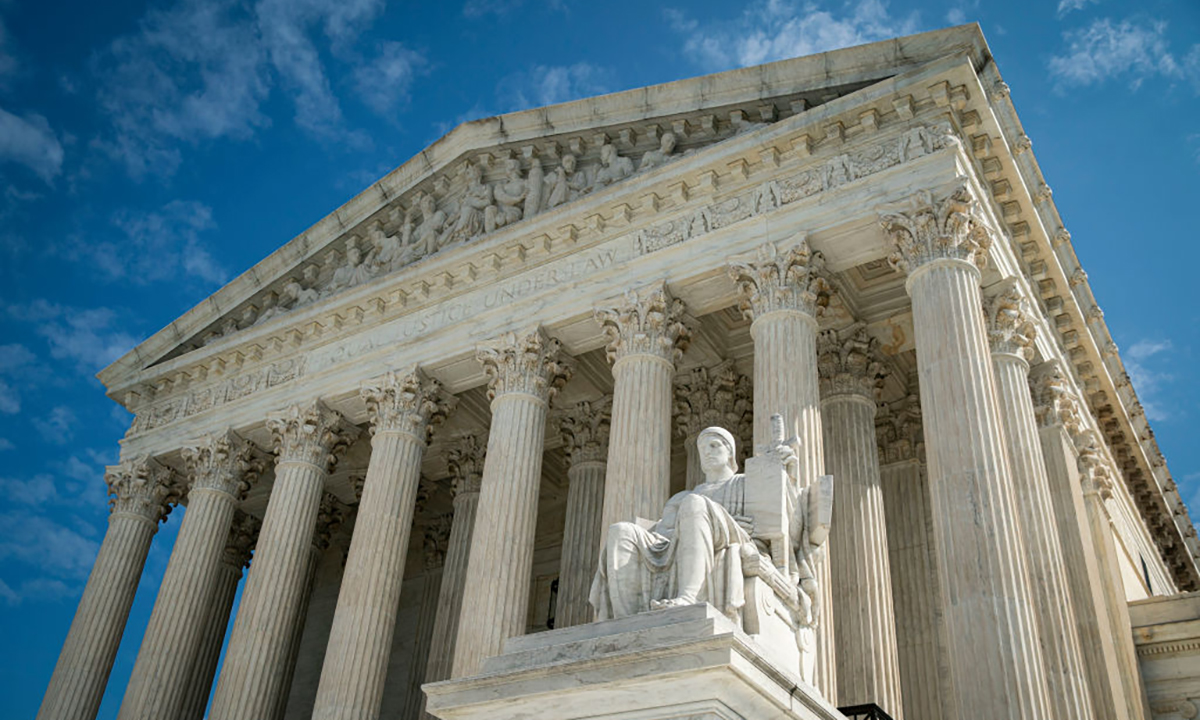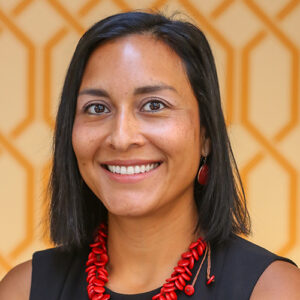Keeping College Hopes and Diversity Alive in a Post-Affirmative Action America
Diaz-Andrade: Schools and communities will need to step up to keep the door to higher ed open if the Supreme Court ends race & ethnicity in admissions

Get stories like this delivered straight to your inbox. Sign up for The 74 Newsletter
Race-conscious affirmative action in college admissions, which has opened the door to higher education for countless students of color, could become unlawful by next summer if the Supreme Court rules against Harvard and the University of North Carolina. Such a decision would harm the diversity of student bodies at many colleges and universities by banning the consideration of an applicant’s race, among many determining factors in the admissions process.
In a post-affirmative action America, students who are already hesitant to pursue a degree from elite institutions will be even more reluctant to apply. Already, a National Bureau of Economic Research study found that high-achieving, low-income students routinely look to less-selective schools than they qualify for, even when these institutions provide less financial aid and have lower graduation rates.
I was almost one of those students. I grew up in a working-class, middle- to low-income community with immigrant parents from El Salvador. I was a top student in my high school, active in sports and in my community. But when I told a coach of my intention to apply to an elite college, the response I got was less than enthusiastic.
The message was clear: Students like me don’t get into elite schools.
I had one of the highest averages in my class yet wasn’t seen as Ivy League material. Millions of talented students of color receive these implicit and explicit messages every day. Those messages will only be amplified if the highest court in the country decides against affirmative action.
Despite these messages, I persisted and enrolled at Cornell University. There, I participated in a summer bridge program designed to help first-generation, low-income, primarily students of color transition to student life at the elite institution. Cornell understood that merely opening the door to more diverse students was not enough, because despite our achievements, the high schools we graduated from left us woefully underprepared for college. Though exceptional, many of us still struggled.
But 25 years later, as I scroll through my LinkedIn connections, I see the high levels of professional achievement my peers have attained: corporate counsel for a tech giant, vice presidents, executive directors of nonprofits, professors and so on. Our excellence as students carried us into adulthood, demonstrating that affirmative action was never a handout. We were always meant to succeed and thrive, if given a chance. The generations of young students of color following in our footsteps may not have those opportunities if race is no longer a factor in college admissions.
I wish the country no longer needed affirmative action or support programs like the one I participated in at Cornell. I wish all students had access to high schools with the necessary resources, where they are affirmed and encouraged to pursue their greatest postsecondary ambitions. I wish the postsecondary attainment gap had been closed long ago, with full economic parity across populations. But this is not reality — and the pandemic exacerbated these long-standing inequities. Enrollment for Black and Latino students at colleges and universities has fallen almost 20% since 2020.
A decision striking down affirmative action would mean colleges and universities would have to find new, creative ways to ensure students of color have a fair shot at securing a seat and thriving. Establishing admissions pipelines through formal agreements with high schools in counties where underrepresented minority students reside is one solution. Colleges could also ask applicants outright: Do you work part time in high school? Do you care for a younger sibling or family member during the summers? Were you raised as part of a single-parent household? Are you the first in your family to attend college? These questions are race-neutral but reflect the reality of many students of color and could inform selection alongside academic profiles and other traditional criteria. Such a multipronged approach will be essential for achieving diversity on college campuses In the event of a negative Supreme Court ruling.
At OneGoal, an organization whose mission is to close the postsecondary degree divide — primarily for students of color — we work with students to create “best fit” lists of institutions of higher learning. The formula includes personal and financial compatibility, academic match and graduation rates for underrepresented minority students at colleges and universities around the country. We often have to ask or go digging for this data, because these numbers are not often published. If institutions prioritized transparency about completion rates for their Black and brown students, it would attract applicants interested in enrolling where the rates are highest.
Those working in high schools must also do better by their students. They must affirm students’ postsecondary ambitions and help them explore their options to decide which schools are the best fit. Most importantly, students must be encouraged to see how their racial identities have positively shaped them. These identities are very often the source of their superpowers, and a big part of why they deserve a seat at the table.
Some young people might interpret a negative decision by the court to mean that race, ethnicity, background and culture no longer matter. District leaders, guidance counselors and teachers need to send a counter-message to ensure that students lead with their identities in every part of a postsecondary application process, centering the beauty and rich histories of their communities.
Advancing equity in society still falls on those of us in communities that are already marginalized, a burden that we, as people of color, are all too familiar with carrying. But we are resilient. We figure out ways to circumvent inequitable systems. It is part of our legacies as Black, Indigenous and people of color to fight our way into positions of influence and economic security. We will continue to do this for as long as we must.
Get stories like these delivered straight to your inbox. Sign up for The 74 Newsletter

;)
